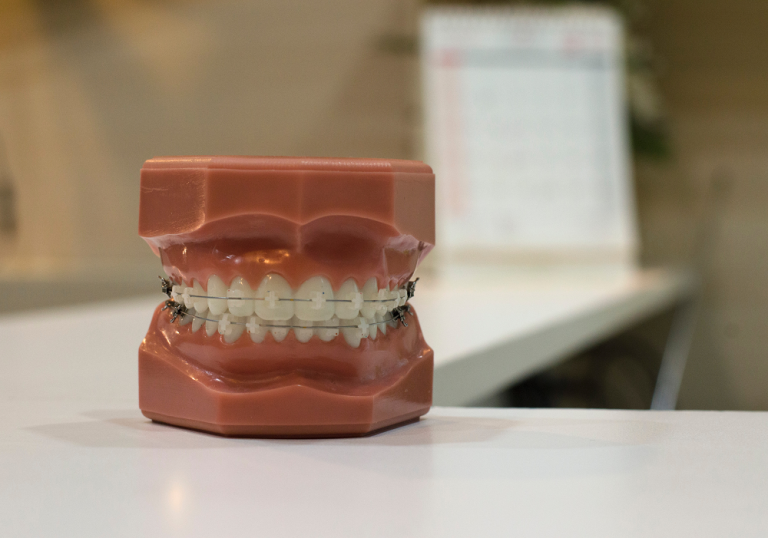By Anna Rogan
The lure of white sandy beaches, crystal blue waters, palm trees swaying in a cool sea breeze, and the promise of good teeth …
A visit to the dentist probably doesn’t fit with your image of a luxury South East Asian holiday. But with the high costs of medical treatment in Australia, medical tourism is becoming a popular option for people looking to save money.
Medical tourism can include procedures and care relating to eye and cosmetic surgery, fertility treatment and dental care. While there are many options available in South East Asia that are easier on your wallet, there are some downsides.
Do proceed with caution. We’re not experts on medical treatments but it is an interesting option to consider. Always consult with your local GP or specialist first so you can get expert advice.
Read on to find out more.
How does dental treatment in another country work?
The most common destinations for dental treatment are Malaysia and Thailand.
Holiday and medical treatment packages are sold by travel agencies and generally include flights, accommodation and even sightseeing options. They also do all the work and research to provide advice on the success and complication rates of different hospitals and treatment centres, and whether they are accredited by international bodies like the International Organisation for Standardisations or the Joint Commission International.
As an example, insurance provider NIB provides an options package for dental and medical procedures in Thailand that includes treatment, airfare and accommodation plus a 12 month guarantee on the work.
It’s important to note that these packages do not include travel insurance in case a procedure goes wrong.
The pros
The number one reason people to look to South East Asia for dental treatment, is to save money. Consumer site Choice estimates savings of up to 75% on common procedures like root canals, bridges, whole mouth reconstructions and crown implants.
Price transparency is another benefit. Because Australian dentists treat patients based on their individual needs, the cost can change as treatment progresses. With a package deal, all the costs are agreed to upfront.
Having the opportunity to take a holiday and explore an exotic location as part of the deal is just the cherry on top!
The cons
Many people explore overseas treatment because they have complex dental needs. With a goal to save money, this can mean patients try to get a lot of complex work done in a short period of time without the appropriate follow up.
The combination of complex dentistry and short-term treatment can increase the risk of complications. Problems might not appear until much later, and patients may need to get follow up work, fix ups and rehabilitation with a new provider back home if things go wrong. This is not only inconvenient and potentially painful, but can mean those cheap upfront costs turn into a big expense.
Dental regulations in South East Asia are different to those in Australia. Part of the high costs of dental treatment in Australia are associated with the rigorous training and testing that practitioners are required to complete along with the strict regulations. There’s an increased risk that patients could receive treatment from unqualified or unsafe practitioners in South East Asia. And if things go wrong, there’s very little avenue for recourse.
In Australia, complaints commission boards, consumer advocacy bodies and even courts provide extra protection for patients.
It is very unlikely that any agency will provide travel insurance for trips that include elective medical treatment.
Finally, the Australian Dental Association does not currently recommend overseas dental treatment.
Before you go
If you decide that dental tourism is a good option for you, there are a few things you should do before you go.
Do your own research
Do your own research on the practitioner and service you’re planning to see. Check their qualifications, any logged complaints against them and that they’re used to treating international patients.
Get all the details before you agree to anything
Gather all the details on your treatment plan including time frames for recovery, total cost and what happens if things go wrong.
Prepare for the unexpected
Make sure your airfares are flexible and you can extend your leave period at work. Consider that you may need follow up work at home, and make sure you are prepared both financially and emotionally for this.
If you stay put to have dental work done in Australia
If you decide that dental tourism isn’t for you, there are some ways to plan and prepare for the expense of dental treatment at home. Here are some tips:
- research health insurance options (both hospital and extras) for the best coverage of costs
- talk to your dentist about spacing out treatments and setting up a payment plan
- consider training hospitals and universities for treatment
- invest in good preventative care like regular check-ups and cleaning at the dentist, brushing teeth and flossing every day.
Wishing you good teeth health!
Photo by Yingpis Kalayom on Unsplash





1 Comment
To hell with the ADA!
It’s really a union for dentists with their best interests mainly at heart.
One just has to follow the money trail. Dentists pay the ADA an annual fee of around $1600 each per year. They’d be foolish to say anything to undermine it’s paying members. If I see the ADA sign in a dentists office I know immediately that this practice is part of the dentists cartel that “sets” recommended fees. Do your research and try dental tourism. KL in Malaysia for instance. Anything to take the power away from these extortionate overcharging bastards.